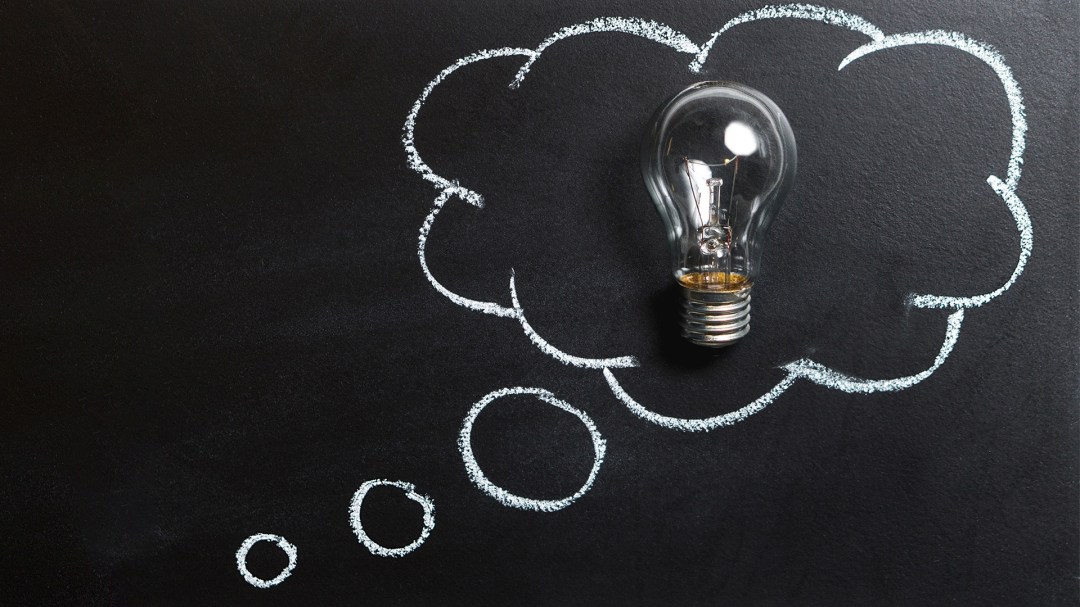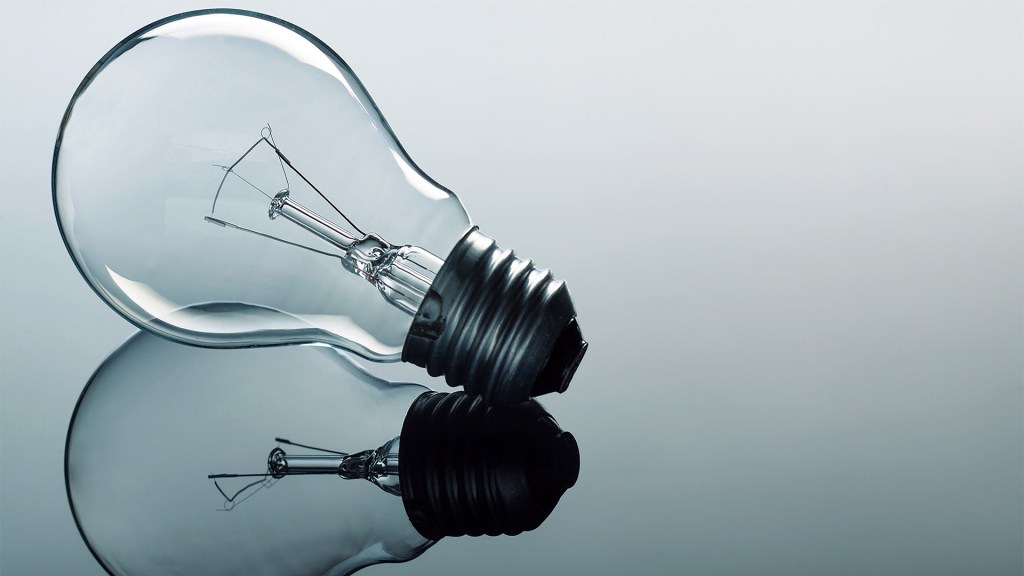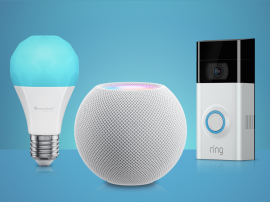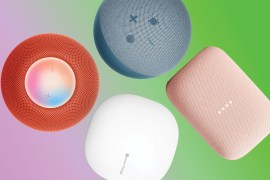Smart lighting key terms explained: what to look for when buying bulbs, strips and more
Smart lighting can take your home illumination to the next level, but there’s a lot of jargon involved…

Regular lighting is straightforward. You can switch it on, or leave it off. And that’s it. But with smart lighting, your household lamps offer a whole new degree of control and a much wider range of capabilities. And to go with that, there’s a little bit of complexity involved. Here’s the most common terminology for smart lighting explained.
Colour temperature
As well as a huge range of colours, most smart bulbs offer variations on white light, from a warm, yellow-tinted glow that’s gentle and relaxing for evenings in, to a cool, bluish tint that’s easier on the eyes if you’re working, reading or doing something that requires keen concentration. If you’re not interested in changing colours completely, some bulbs offer variations on white light only.
Dimmable
Beyond their power to glow in lots of different colours and varieties of white, most (but not all) smart lightbulbs are remotely dimmable. So as well as being able to turn them on and off, you can use your connected tech to reduce the light intensity.
IFTTT
This is an app (If This Then That – ifttt.com) that enables automations to work between devices. While many smart home systems and apps can use your location to provide automation (eg: Apple Home switching on lights when you arrive), IFTTT can take this a step further: you could change your lighting if rain is forecast; you could blink your Hue lights when your Alexa timer finishes; or you could set up a wildly flashing party mode.
Watt equivalent
The power rating of LED bulbs isn’t comparable with older incandescent types. A 5-10W LED light will be around the same brightness as a 60W old-school bulb.
Wi-Fi smart lights
Smart lights that use Wi-Fi are the simplest to set up and use. That’s because they don’t need a hub like Zigbee systems (see below), and they’re better than Bluetooth because they don’t need to be within such a short range.
Matter
This incoming smart home standard will make it easier to use different devices together, and many brands are involved, including – somewhat crucially – Apple, Google and Amazon. You’ll need a Matter hub; the latest Apple TV 4K and HomePod are Matter hubs, and many Amazon Echo devices have been upgraded with support. For Philips Hue to work with Matter, you’ll need to have the Hue Bridge.
Scenes
It’s possible to create customised scenarios where you switch a bunch of lights on at the same time, or some and not others. You can also specify lighting levels – and all this can be programmed to be automated at a certain time, or when you give a voice command.
Smart switch
This is a physical switch enabling you to adjust the brightness of a bulb or a group of bulbs, or turn them on and off. There are many available, and which one you need to get depends on what system you’re using.
Thread
Thread is a fast wireless protocol that works alongside your Wi-Fi. It’s part of what underpins Matter and it’s supported by various devices such as Amazon’s Eero routers and Google’s Nest kit. Some devices such as Nanoleaf smart bulbs are Thread-compatible, but this is less of a big deal in 2023 with Matter taking over.
Zigbee
This open standard for wireless connectivity between devices is used by some lighting systems, including Philips Hue.

The main lightbulb fitting types
Bayonet
Before buying a smart lightbulb, check what kind of connection your light socket takes. The ‘push and twist’ bayonet fitting comes in two sizes: standard (BC, B22) and small (SBC, B15).
Screw-in
Screw-in bulbs, sometimes called Edison fittings, are fairly self-explanatory. Just twist them until they’re tightly secured. They come in two sizes: large (ES, E27) and small (ES, E14).
GU10
The GU10 fitting is mainly for halogen bulbs, but you can buy smart lightbulbs based on LCDs that fit a GU10 socket. A miniature version, G9, is also available on smart bulbs.



